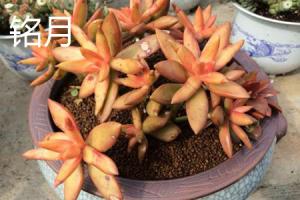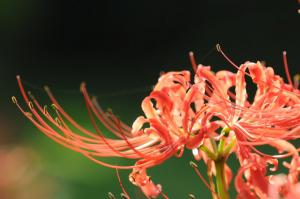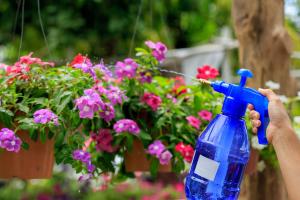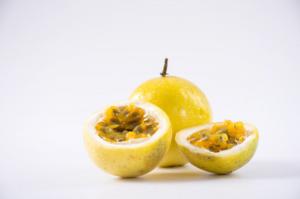Can Plants Stay in Plastic Pots?
Plastic pots are a common choice for many indoor and outdoor plant enthusiasts due to their convenience, durability and affordability. However, the question of whether plants can stay in plastic pots for an extended period of time often arises. In this article, we explore the pros and cons of keeping plants in plastic pots and provide tips on how to care for plants in these containers.
Advantages of Plastic Pots
One of the main advantages of using plastic pots is that they are lightweight and easy to move around. This makes it convenient to rearrange your plants to suit your preference or to transport them from one location to another. Additionally, plastic pots are often more durable than clay or ceramic pots, which can break if dropped or exposed to extreme temperatures.
Another advantage is that plastic pots are less porous than clay or ceramic pots, meaning that they retain moisture better. This can be particularly beneficial in dry climates or in winter when the air is drier, as it can reduce the likelihood of plants drying out. Additionally, plastic pots are less likely to harbour pests or diseases than porous pots, which can be beneficial for plant health.
Disadvantages of Plastic Pots
One of the disadvantages of using plastic pots is that they do not provide as much insulation as clay or ceramic pots. This means that the soil inside the pot can become hotter or colder than in other types of pots, which can impact plant growth. Additionally, plastic pots do not absorb excess moisture, which can lead to problems such as root rot or fungal growth if the soil becomes waterlogged.
Another disadvantage of plastic pots is that they do not allow for adequate air circulation around the roots. This can be particularly problematic for plants that are prone to root rot, as it can cause the roots to become weak and unhealthy. In some cases, plastic pots may also become brittle and break over time, particularly if they are exposed to direct sunlight for extended periods.
Caring for Plants in Plastic Pots
If you choose to keep your plants in plastic pots, it is important to take extra care to ensure that they remain healthy. One way to prevent waterlogging is to ensure that the pot has adequate drainage holes and to avoid overwatering the plant. Additionally, you may want to use a high-quality potting mix that contains perlite or vermiculite, as this can help to improve drainage while retaining moisture.
To aid air circulation around the roots, you may also want to consider adding a layer of gravel or small stones to the bottom of the pot, which can help to prevent water from sitting at the bottom. Additionally, you can periodically remove the plant from the pot and trim any dead or damaged roots, which can help to encourage healthy root growth.
Conclusion
Can plants stay in plastic pots? The answer is yes, but it is important to be aware of the potential advantages and disadvantages of using these containers. By taking care to use high-quality potting mix, ensuring adequate drainage and air circulation, and regularly monitoring your plants for signs of stress or disease, you can help to ensure that your plants remain healthy and thriving in their plastic pots.

 how many times do yo...
how many times do yo... how many planted tre...
how many planted tre... how many pine trees ...
how many pine trees ... how many pecan trees...
how many pecan trees... how many plants comp...
how many plants comp... how many plants can ...
how many plants can ... how many plants and ...
how many plants and ... how many pepper plan...
how many pepper plan...































